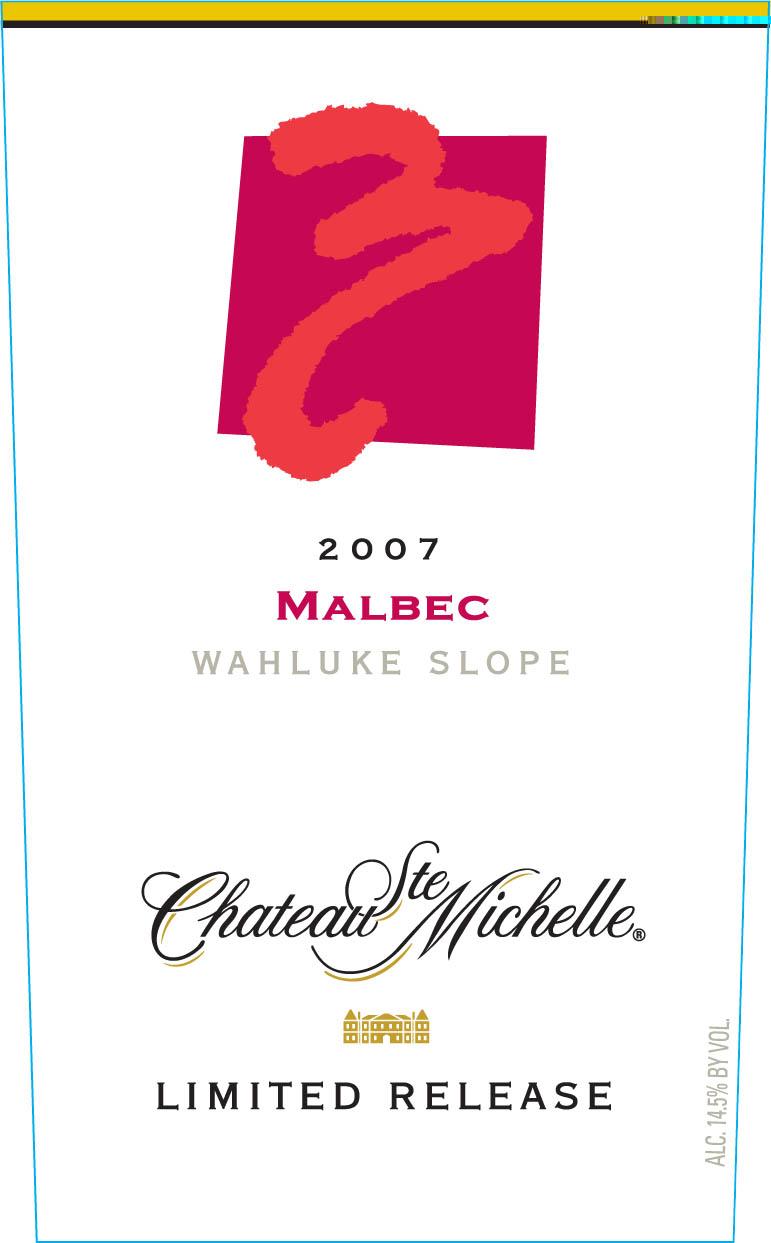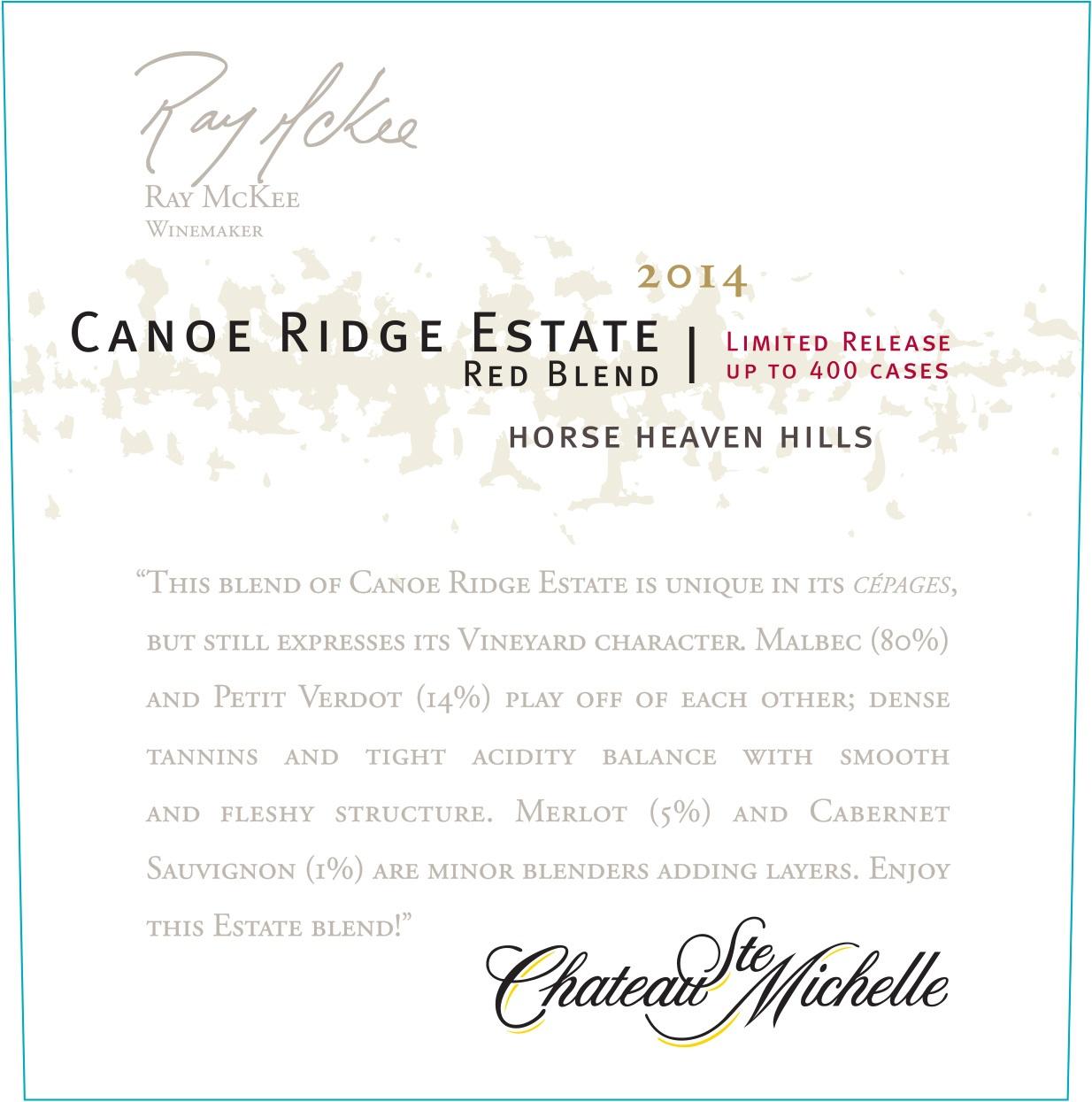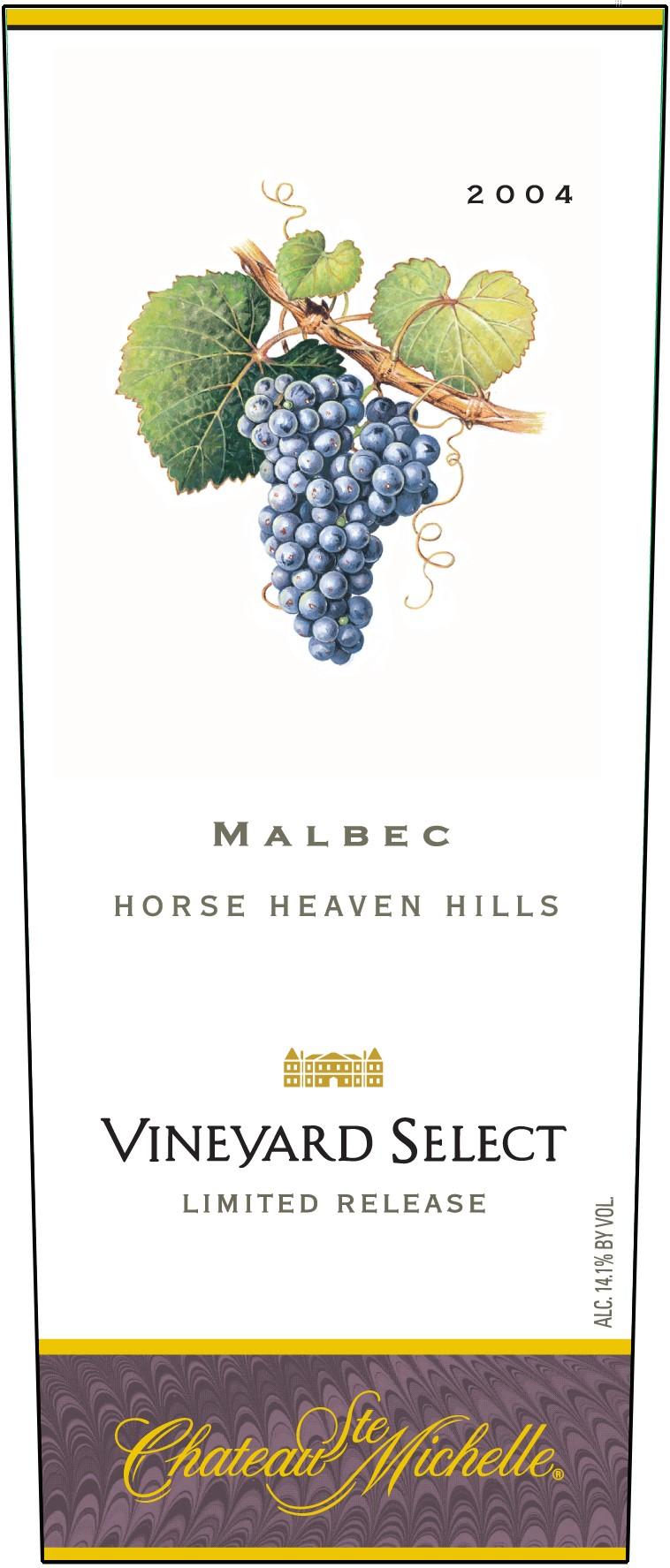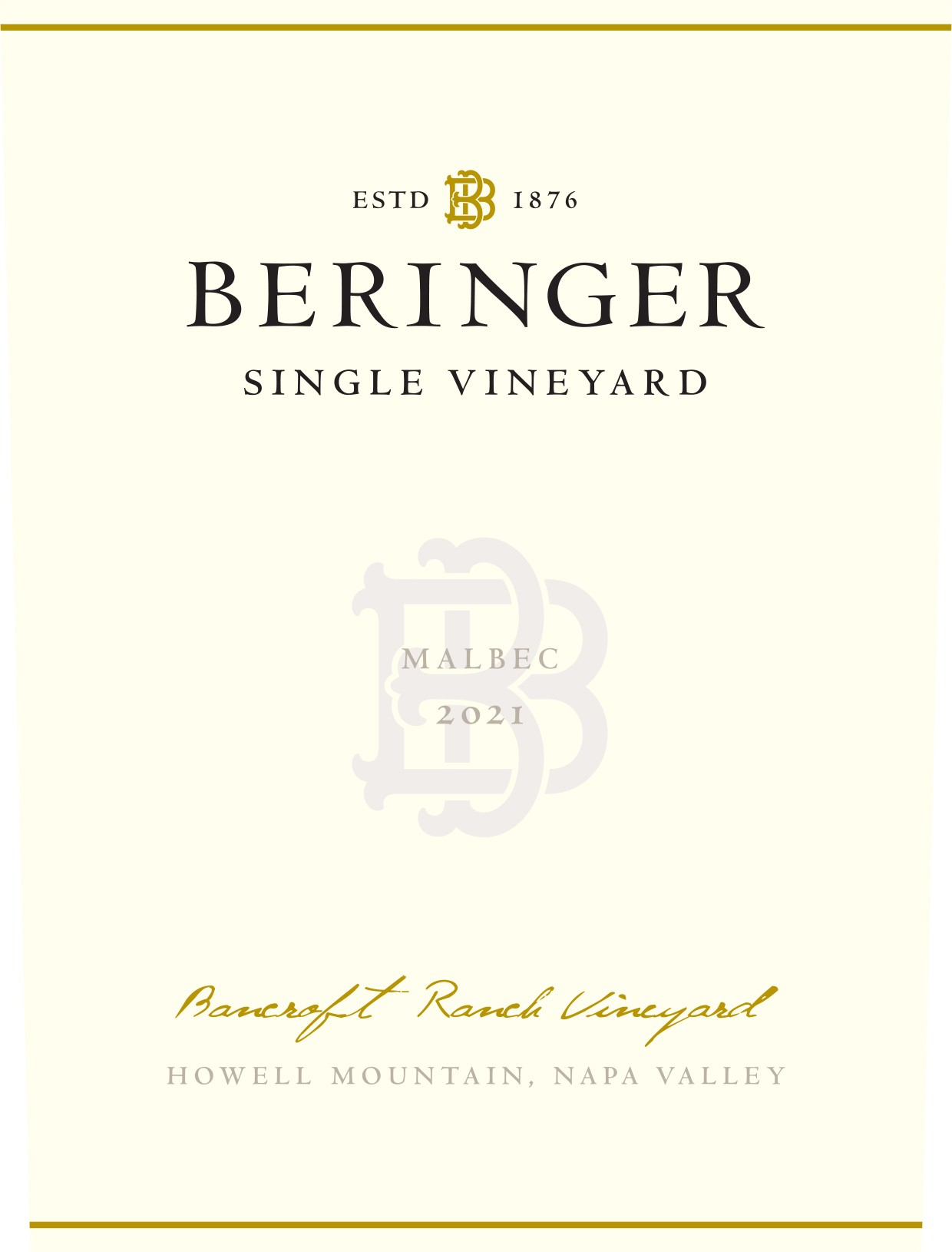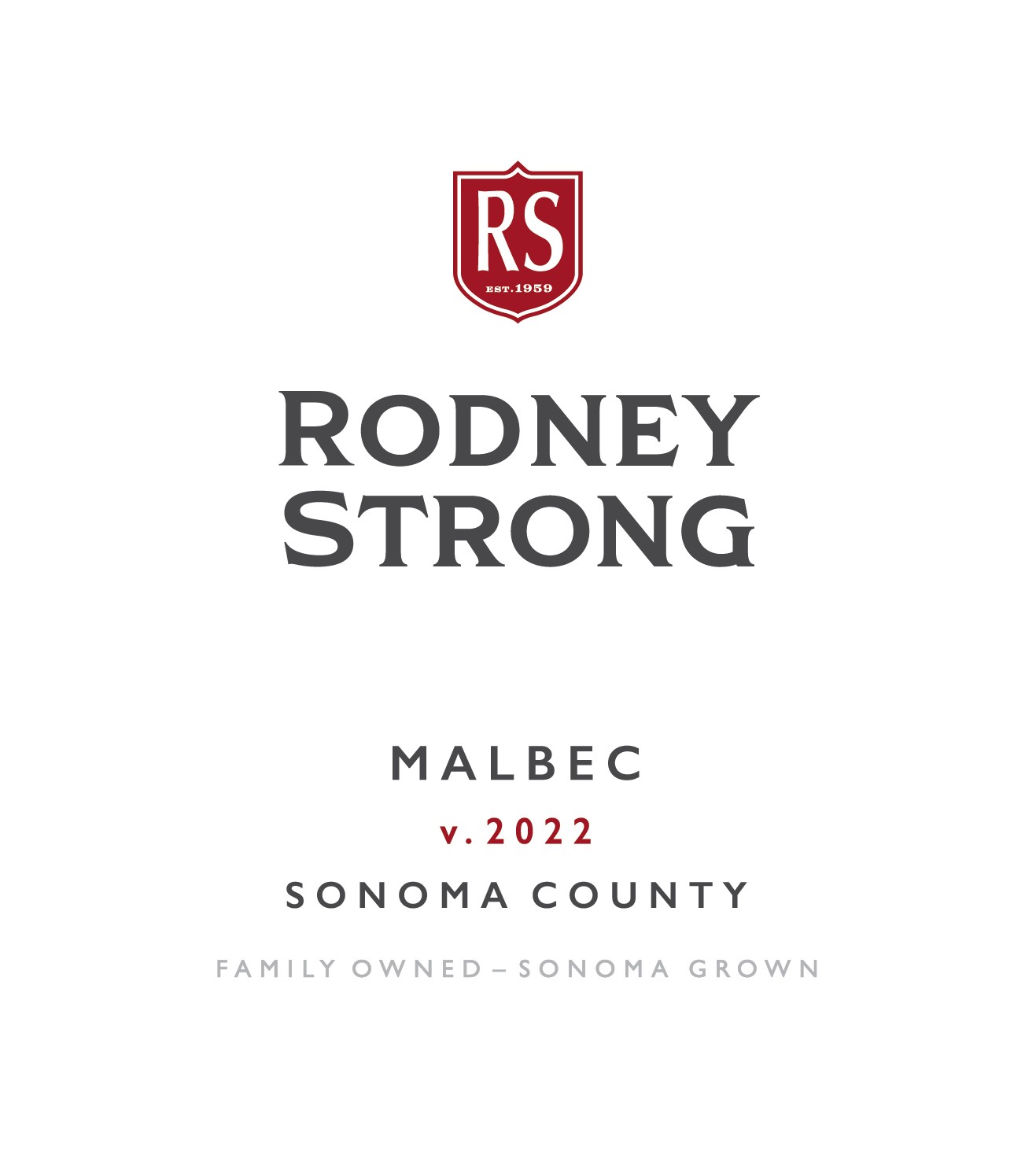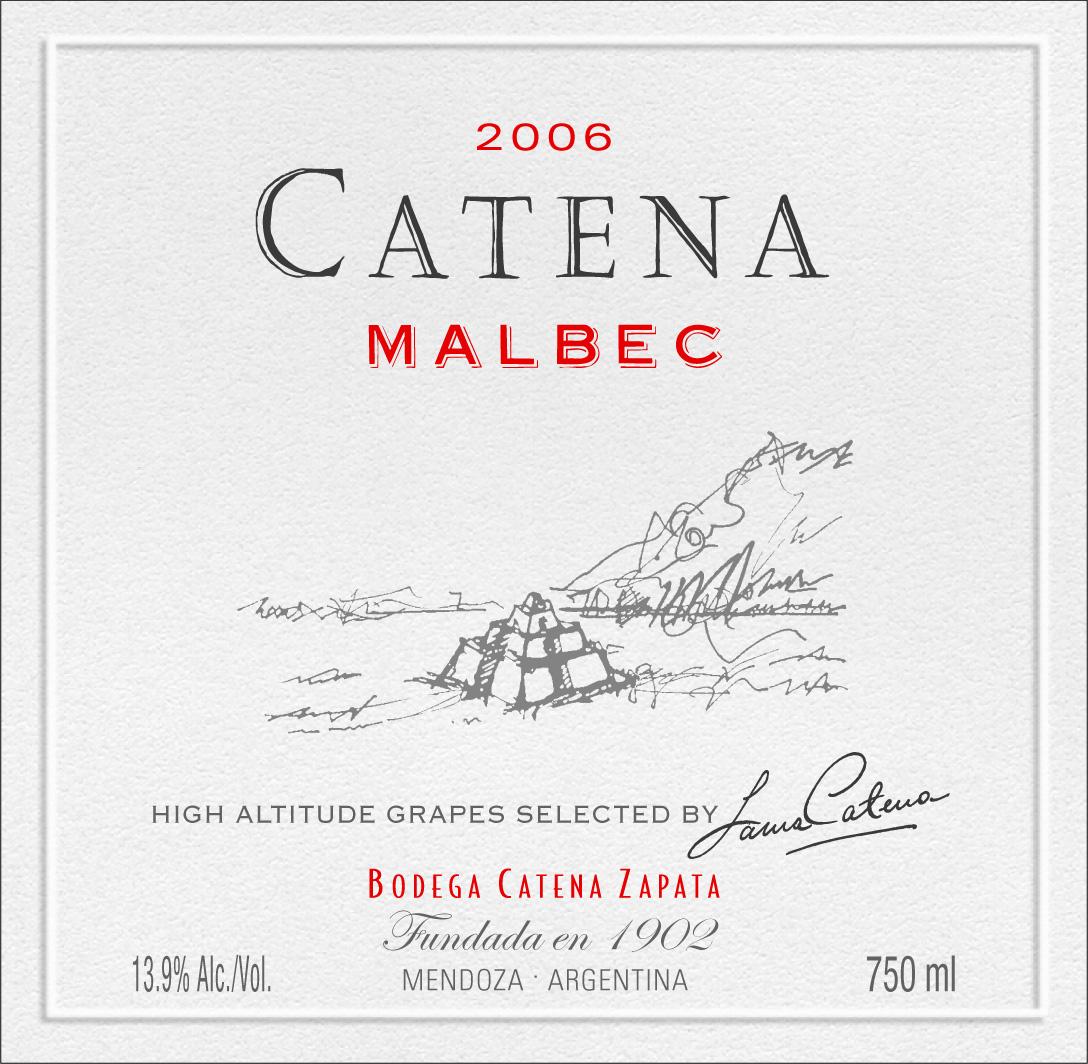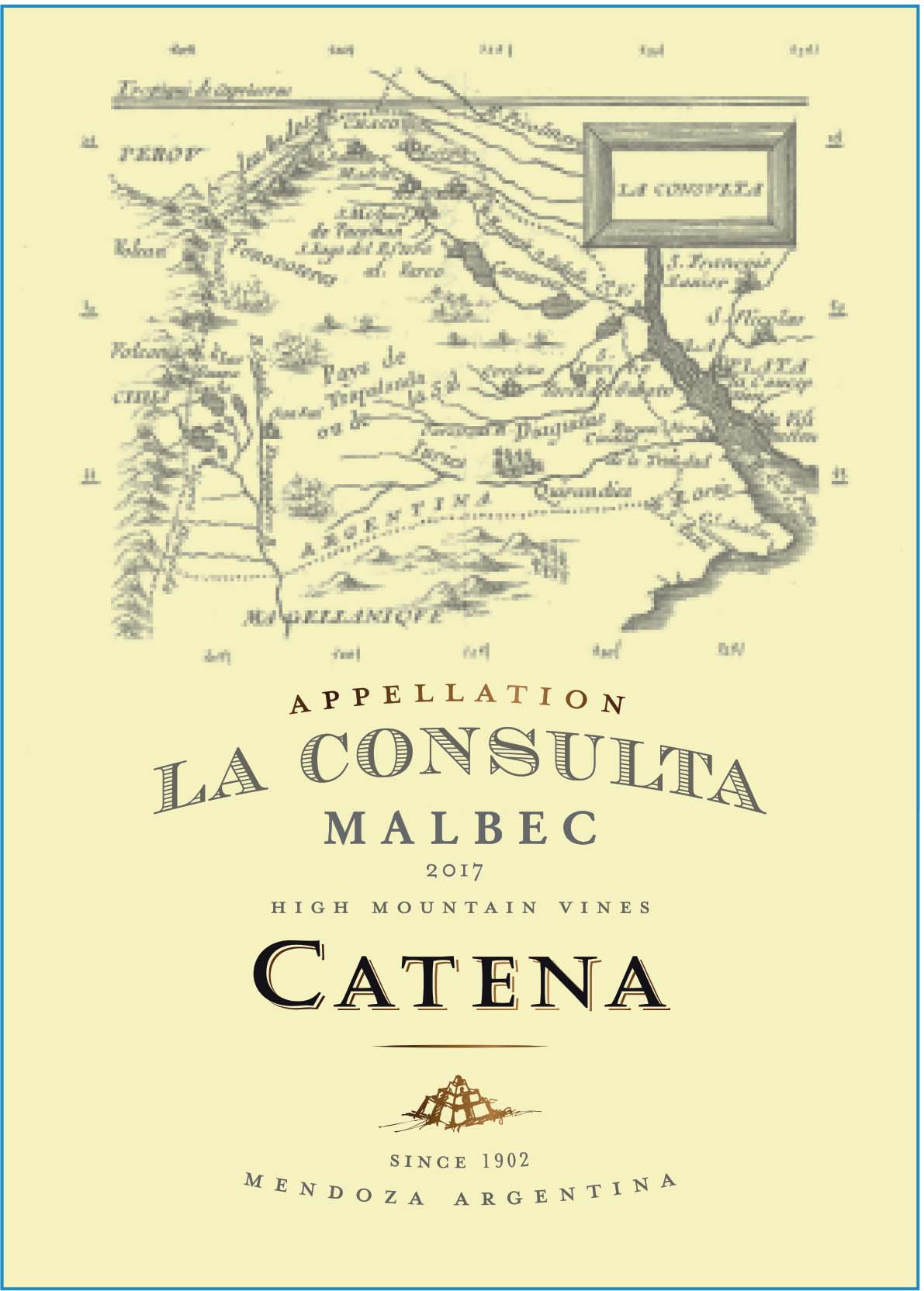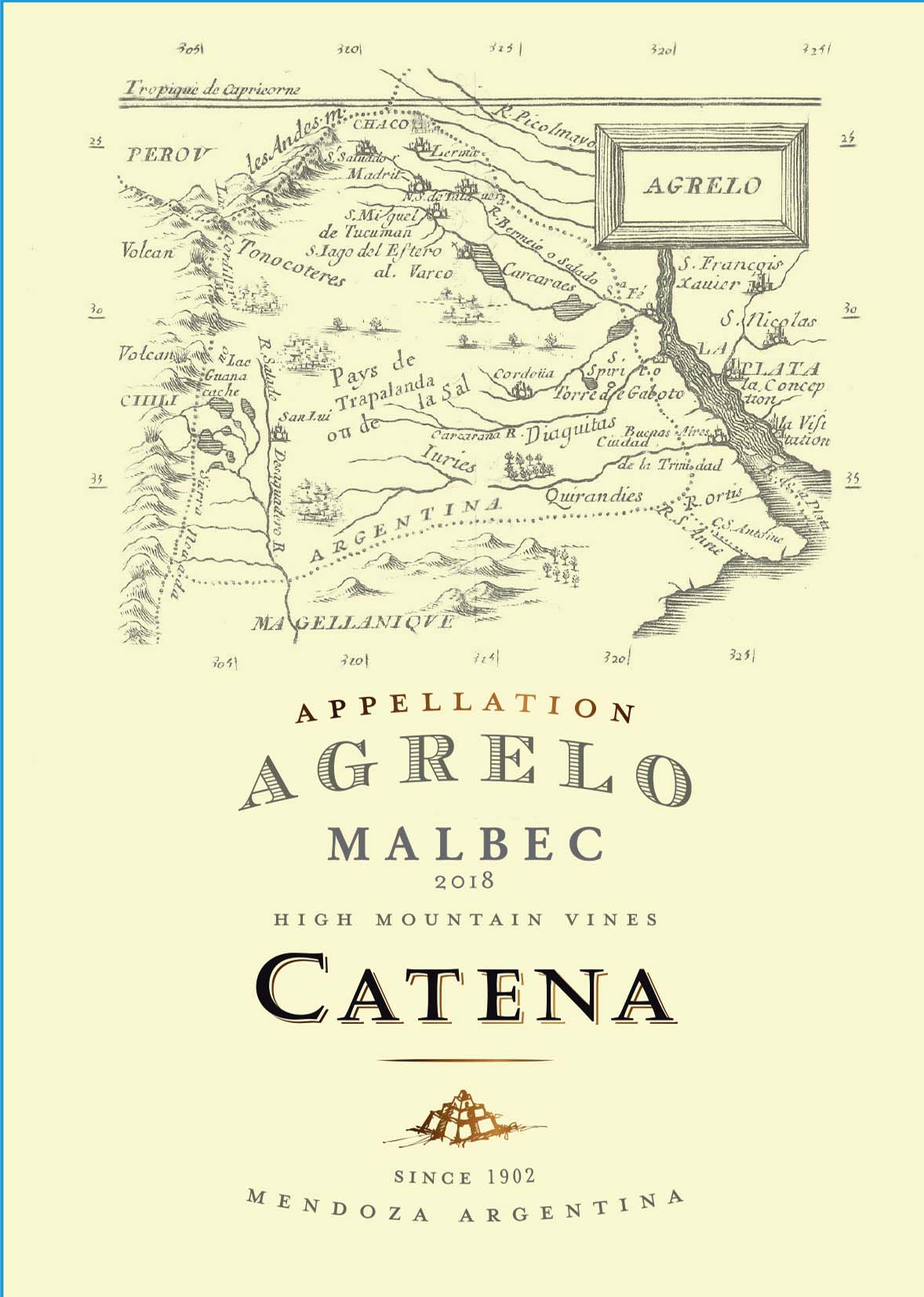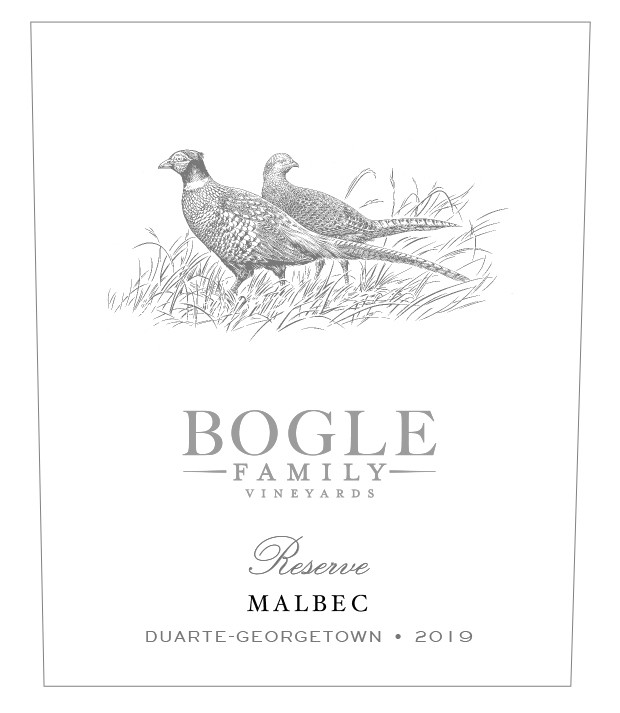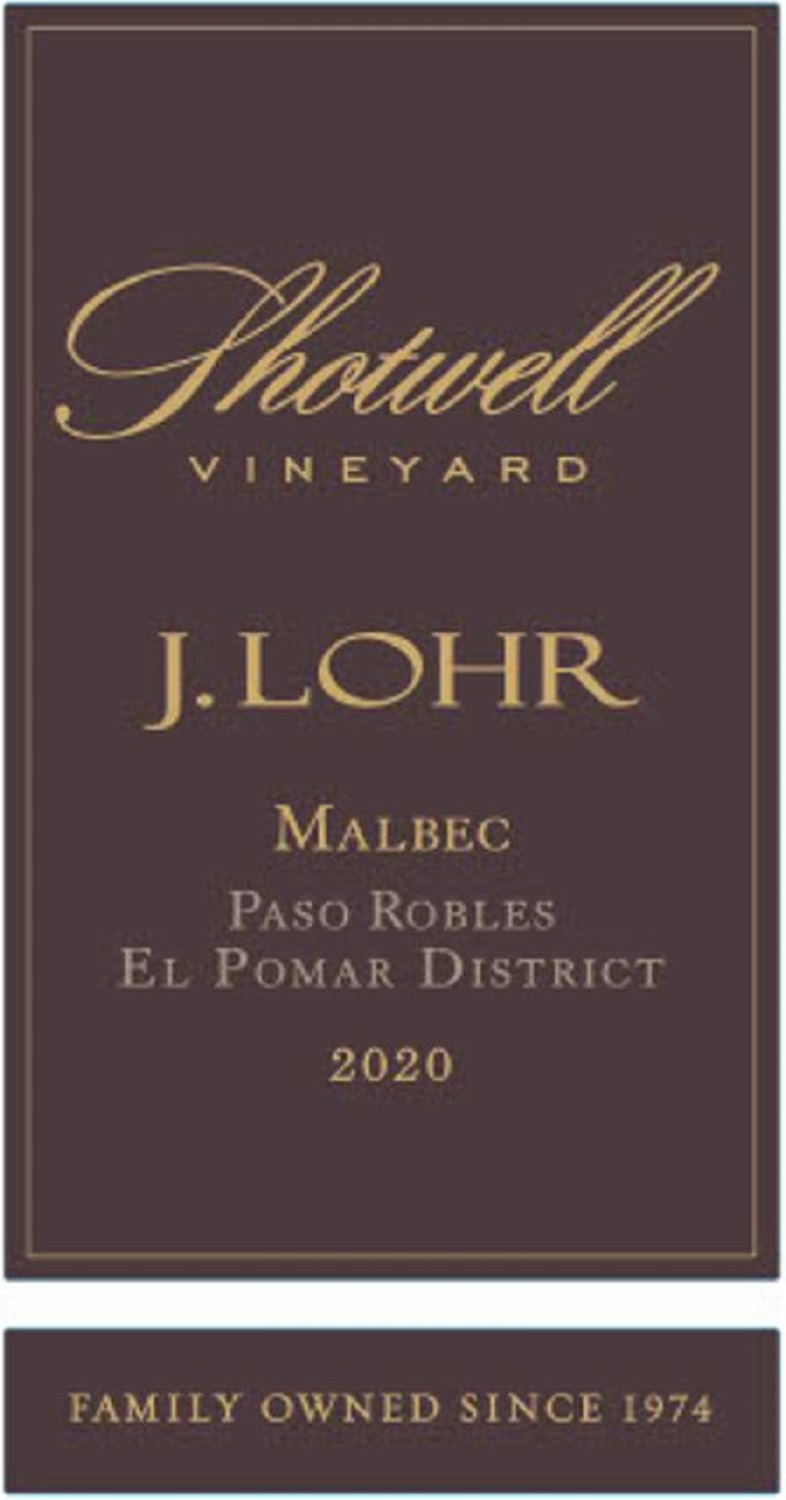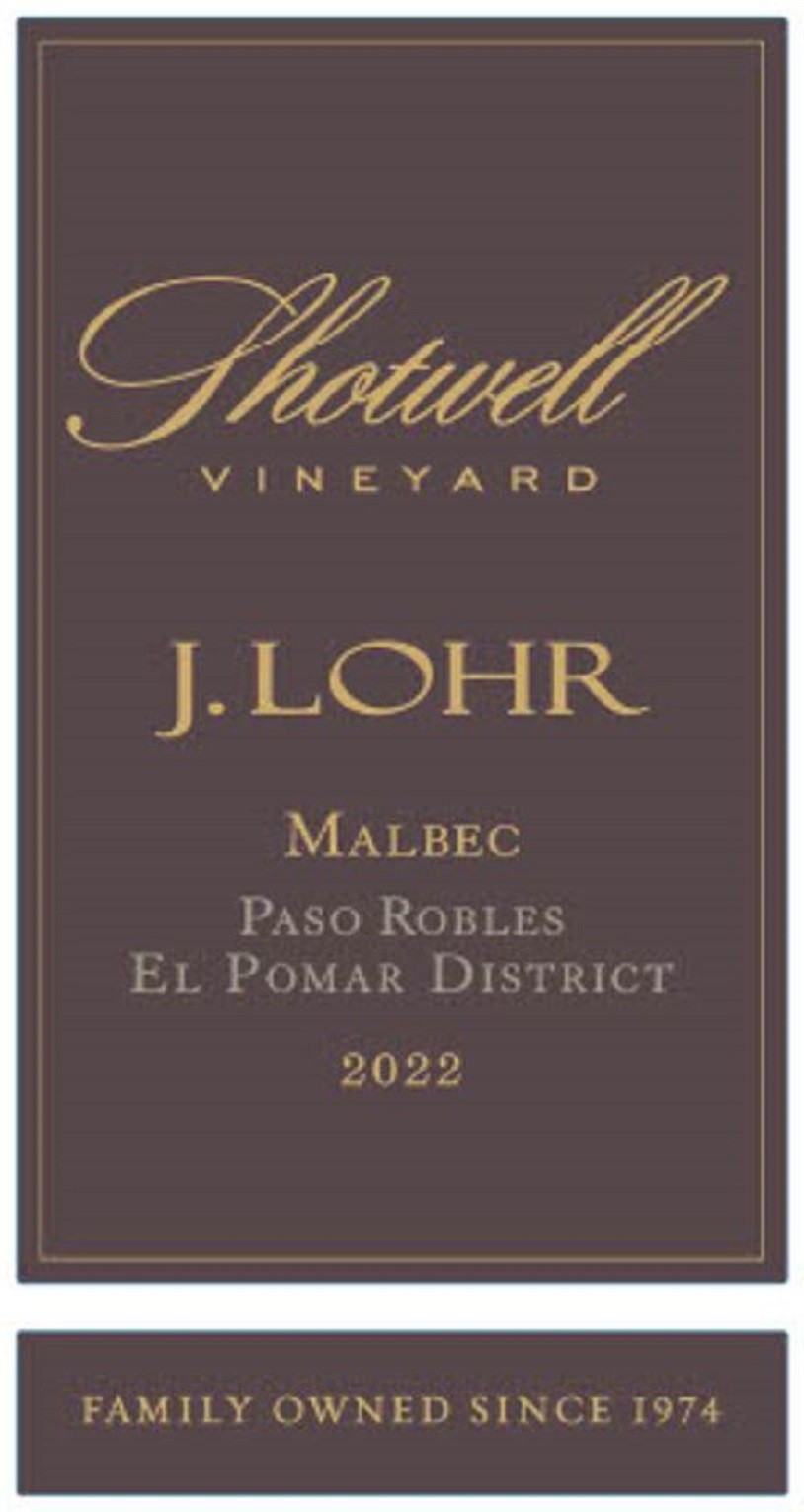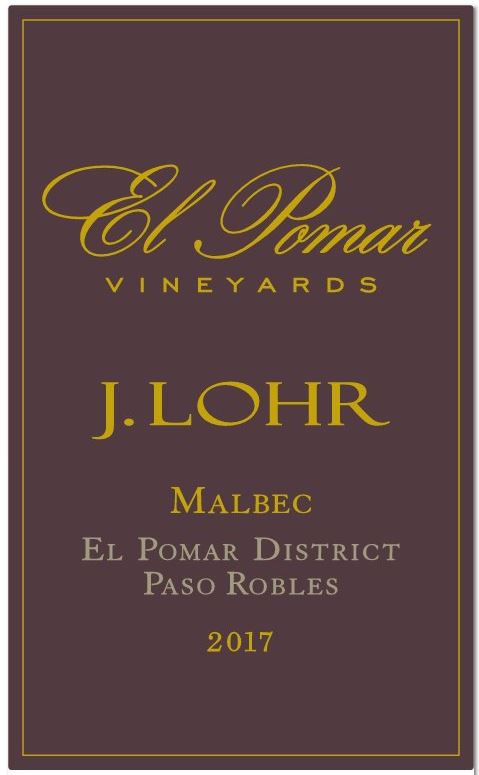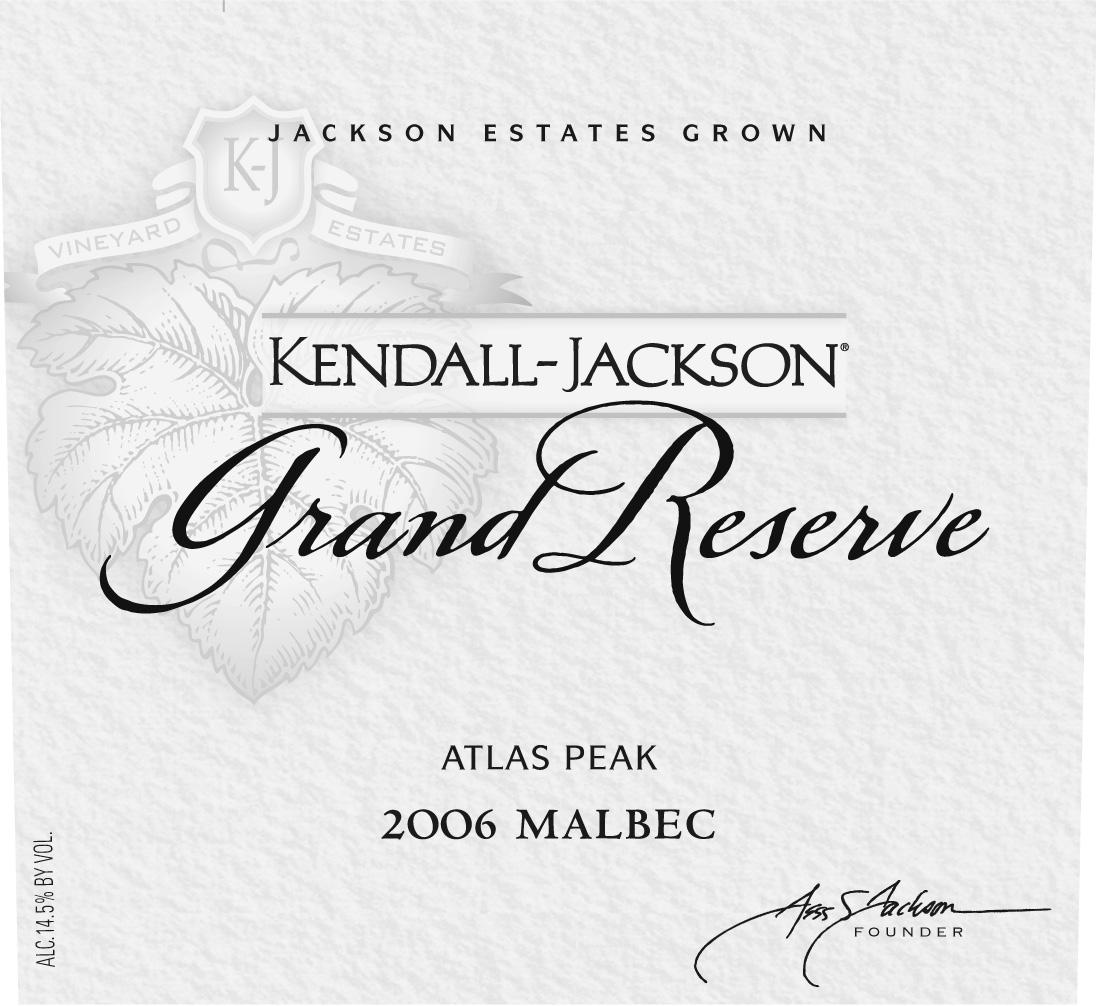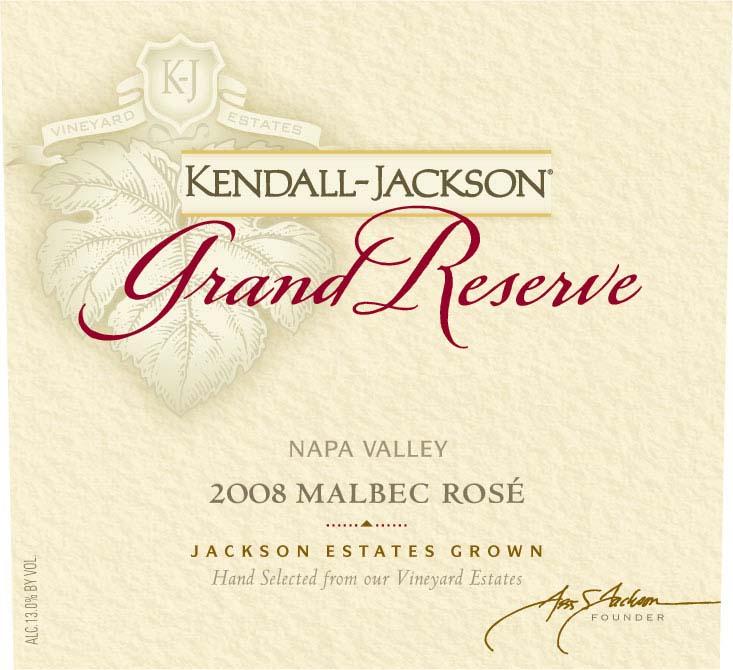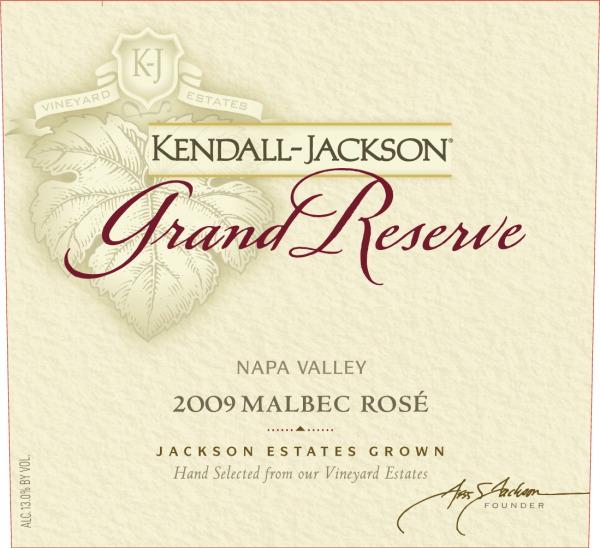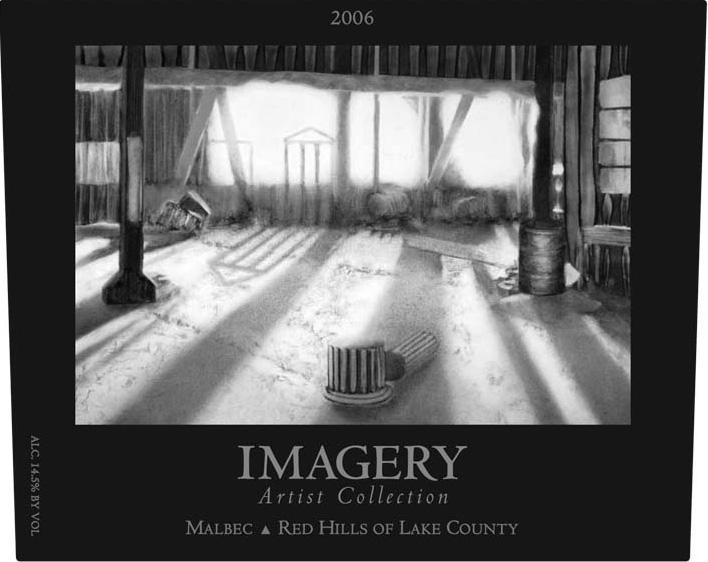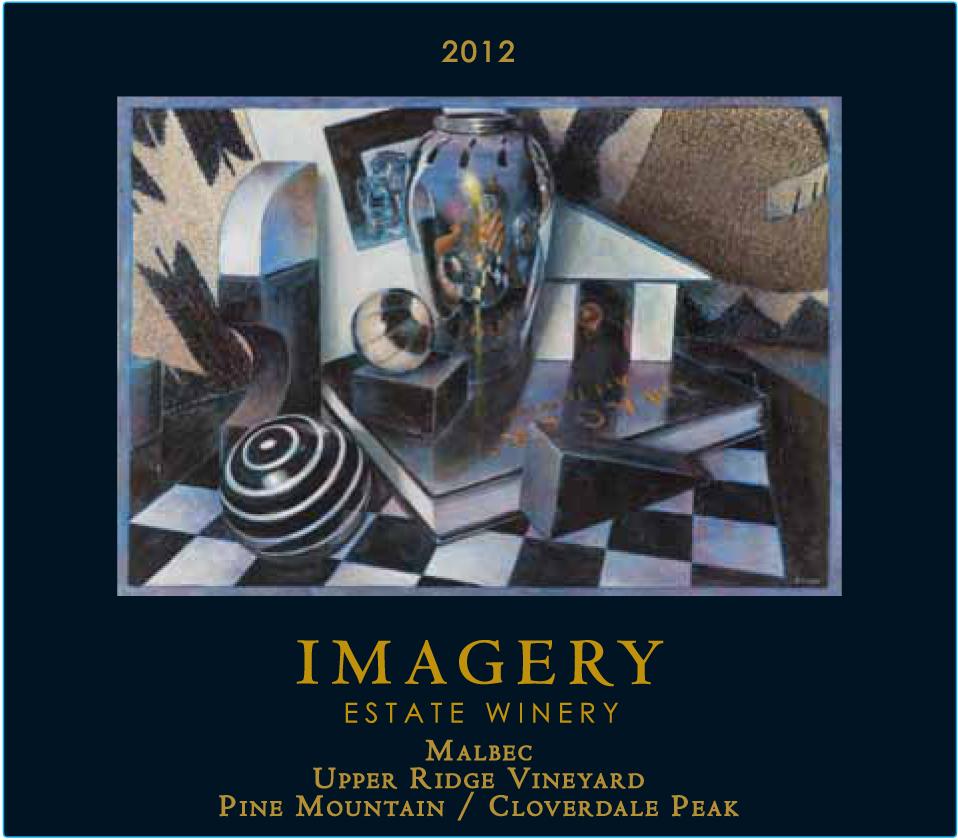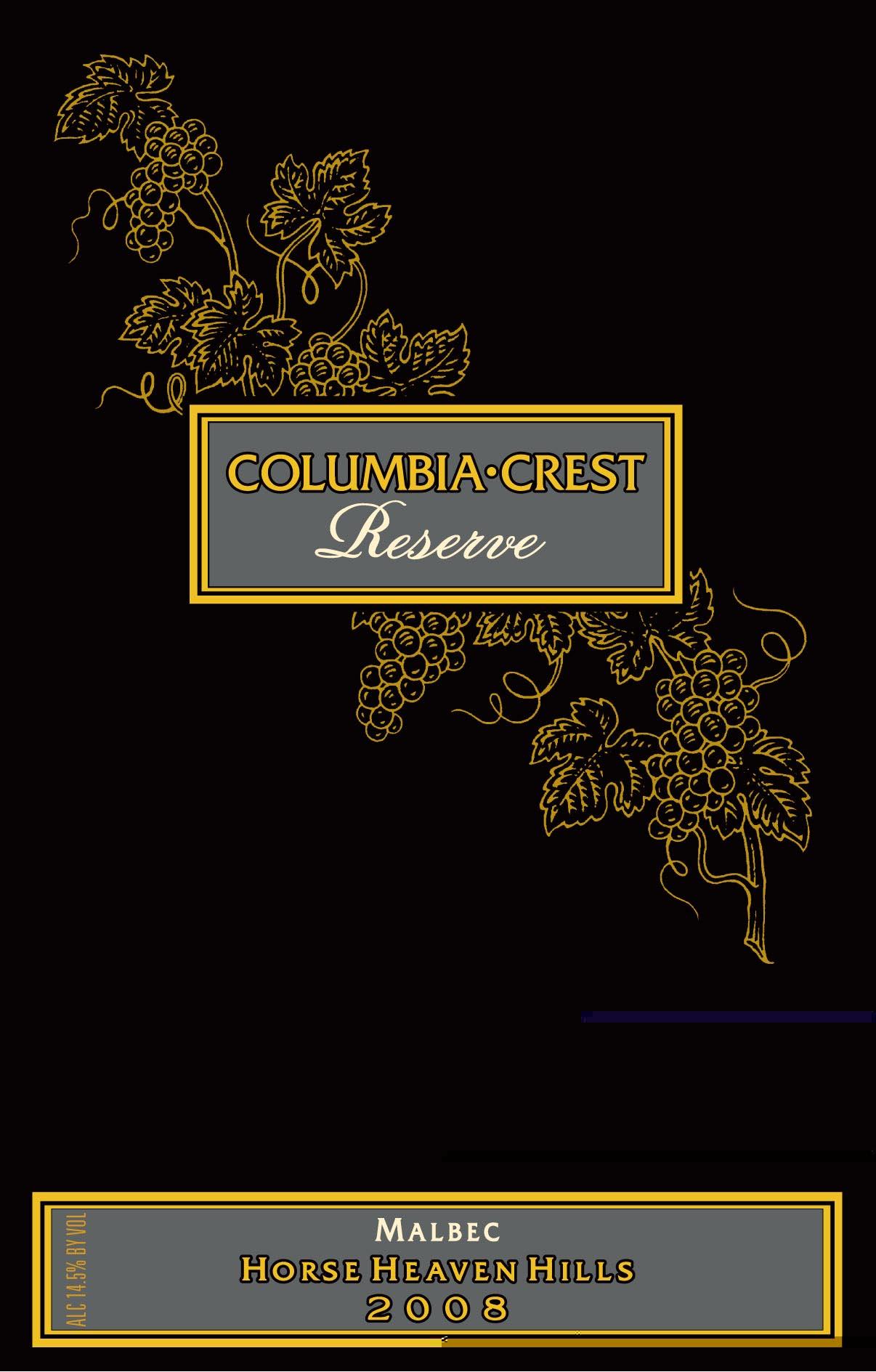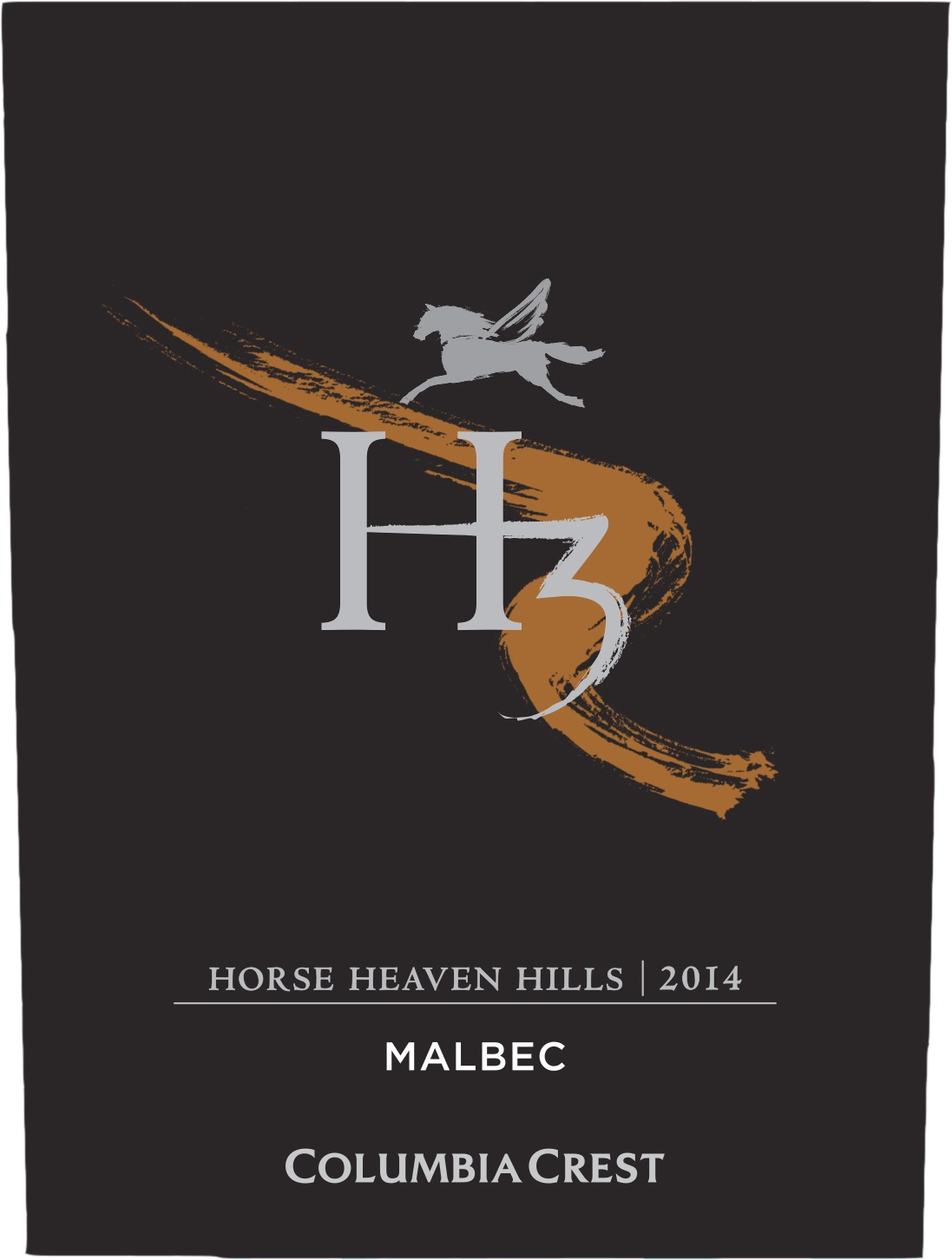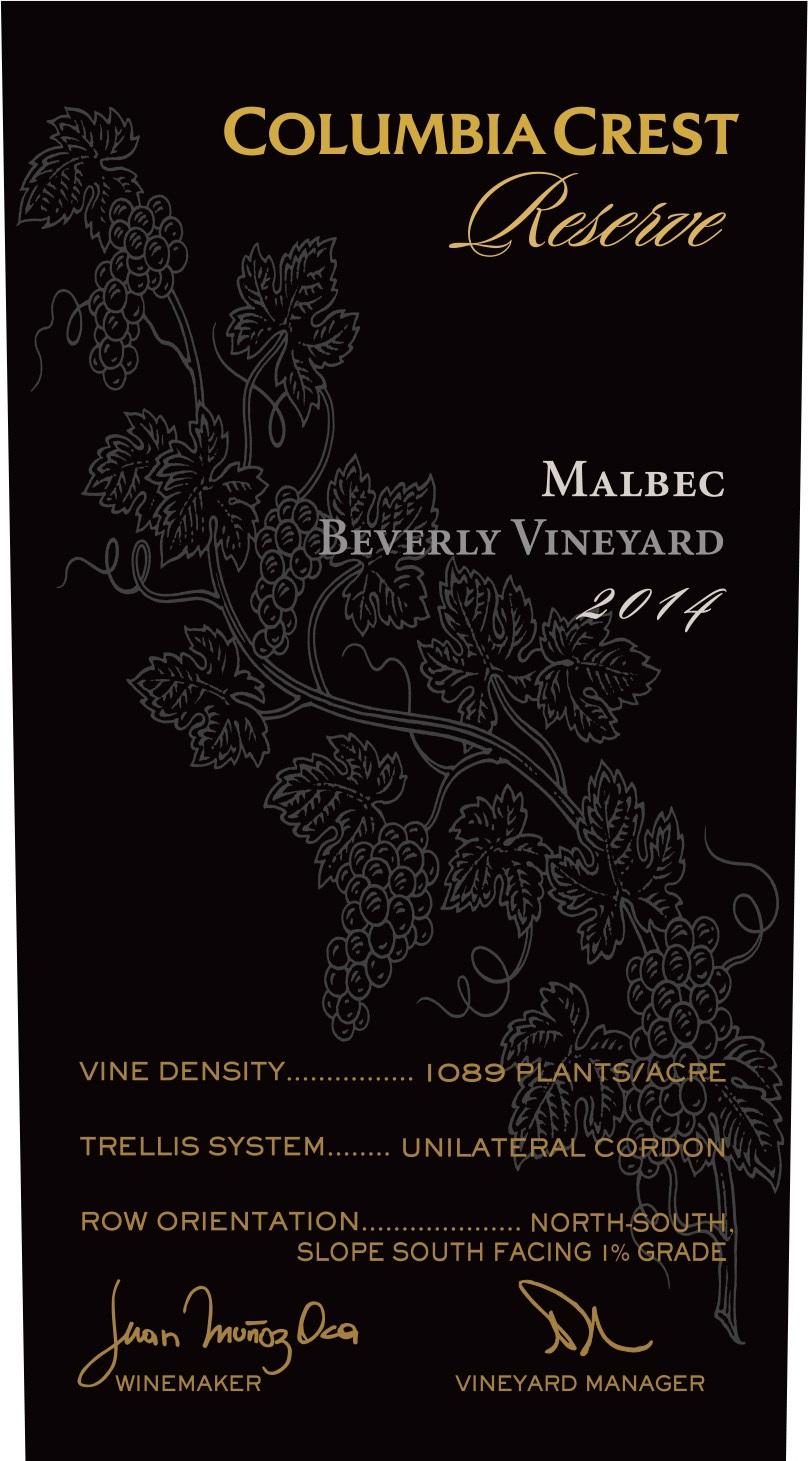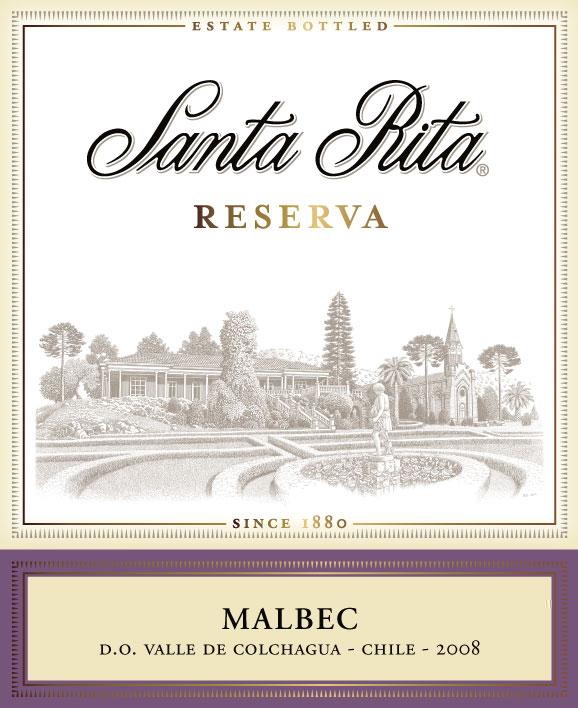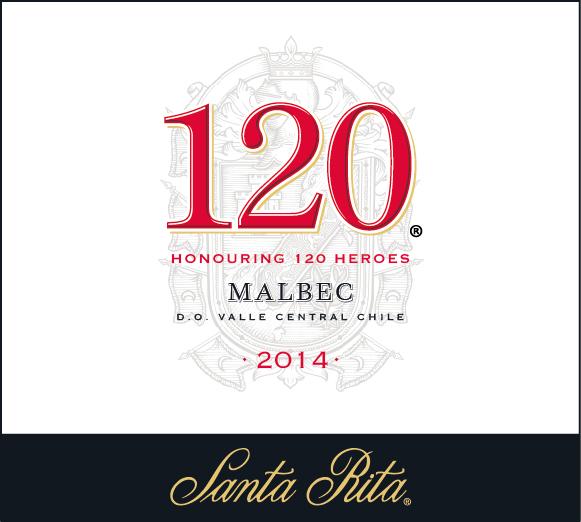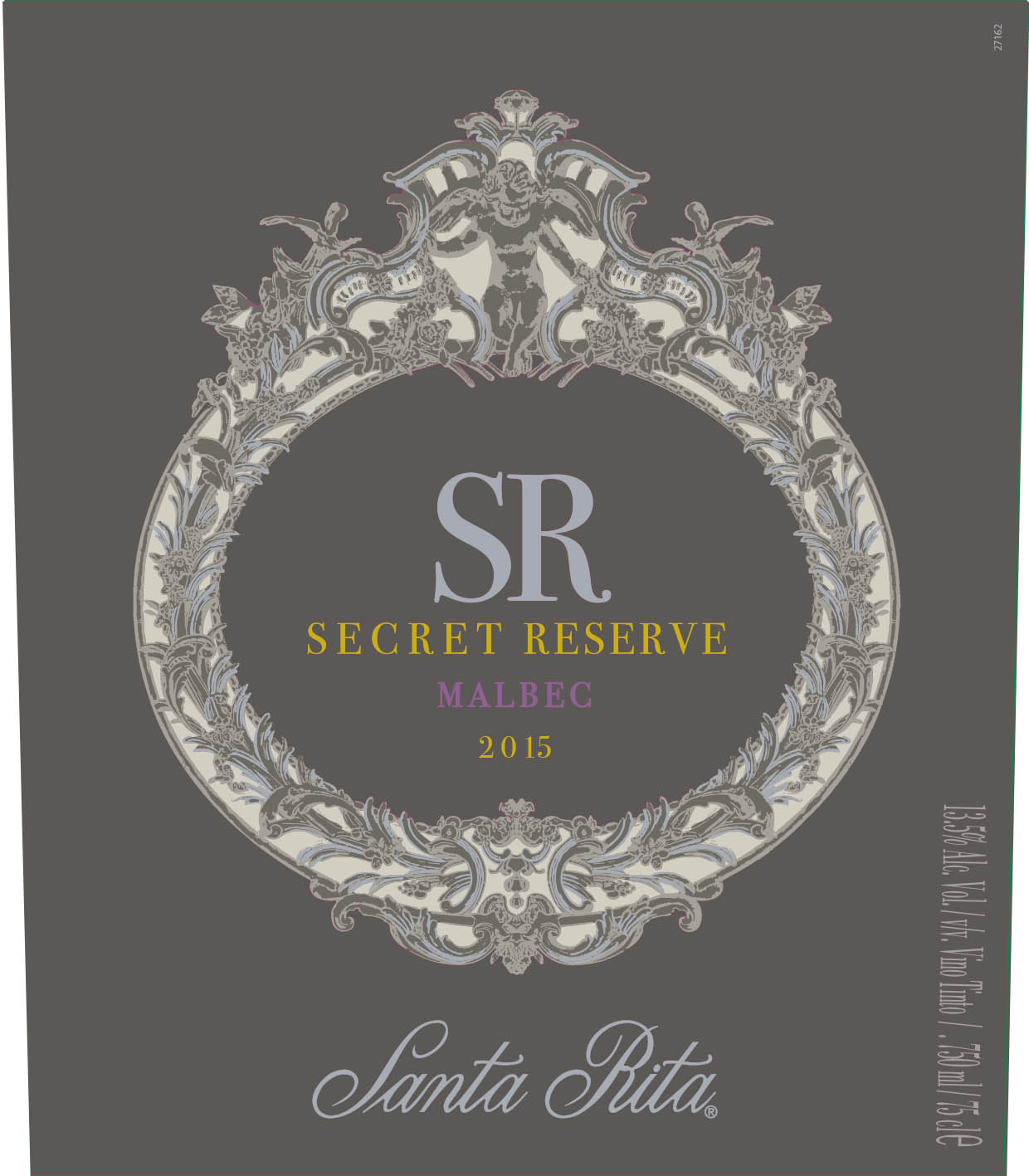Characteristics of Malbec
Malbec’s signature is its deeply saturated color and bold personality, often pouring almost inky purple in the glass.
You’ll notice a firm backbone of tannin, which can range from robust and grippy in French examples to plush and velvety in those from Argentina. While acidity sits in the middle, it’s just enough to keep the wine feeling lively and to balance out its generous fruit and alcohol.
Malbec is known for its rich, full body—delivering a round, mouth-filling texture that makes it instantly appealing. The interplay of ripe fruit, structure, and approachable tannins is what makes Malbec both crowd-pleasing and versatile at the table.
What Does Malbec Taste Like?
Malbec’s flavor profile shifts dramatically depending on where it’s grown and how it’s made:
- Old World (France, Cahors): Expect a more savory, structured wine with tart blackcurrant, sour cherry, and earthy notes like tobacco, leather, and gravel. Hallmark accents include floral violet, licorice, and gamey or meaty nuances, with tertiary notes such as dried figs, prunes, forest floor, or truffle developing with age. Traditional winemaking often favors neutral vessels, preserving freshness and emphasizing firm tannins and lively acidity, giving these wines excellent aging potential.
- New World (Argentina, Mendoza): Here, Malbec is riper and more fruit-driven—think juicy blackberry, ripe plum, blueberry, and a signature violet perfume. Tannins are softer and the palate is lush, with new oak imparting vanilla, chocolate, cocoa powder, coffee bean, smoke, toast, clove, and nutmeg. Winemaking choices, such as the use of new oak, enhance richness and approachability, yet top examples can age to reveal savory complexity.
- Climate: Cooler regions or younger wines show brighter red fruit, such as raspberry, while high-altitude vineyards in Argentina help preserve acidity and freshness, balancing the grape’s natural richness.
Notable Region Malbec Grows In
Malbec’s character is shaped by the unique climates and soils of its key regions, each bringing distinct nuances to the varietal’s profile:
- Mendoza, Argentina: The world’s leading source for Malbec, with sub-regions like Luján de Cuyo delivering plush, fruit-driven wines and the Uco Valley producing fresher, floral expressions thanks to high-altitude vineyards.
- Salta, Argentina: Home to some of the highest vineyards on earth, Salta yields deeply colored, intensely concentrated Malbecs with bold flavors and vibrant acidity.
- Cahors, France: Malbec’s historic heartland, where the grape—locally known as Côt—creates structured, age-worthy wines marked by earthy, savory notes and firm tannins.
- Colchagua Valley, Chile: An emerging region for Malbec, producing wines that balance ripe dark fruit with subtle herbal undertones, reflecting the area’s warm climate.
Food Pairings
Malbec’s bold flavors and plush texture make it a versatile partner for a range of hearty, savory dishes that highlight its strengths at the table.
- Grilled and Roasted Meats: Malbec’s signature pairing is with grilled red meats, especially Argentine cuts like bife de chorizo or ojo de bife, where the wine’s tannins soften against the protein and its dark fruit flavors accentuate the meat’s smoky char.
- Regional and Comfort Classics: Traditional dishes such as empanadas stuffed with seasoned beef, slow-cooked stews like French cassoulet, and American-style barbecue (think smoked brisket or ribs with tangy sauces) all find harmony with Malbec’s body and fruit-forward profile.
- Aged Cheeses and Savory Sides: Hard and semi-hard cheeses like Manchego, aged Cheddar, and Gouda stand up to Malbec’s intensity, while earthy sides—such as grilled mushrooms or dishes topped with chimichurri—bring out the wine’s layered complexity.


